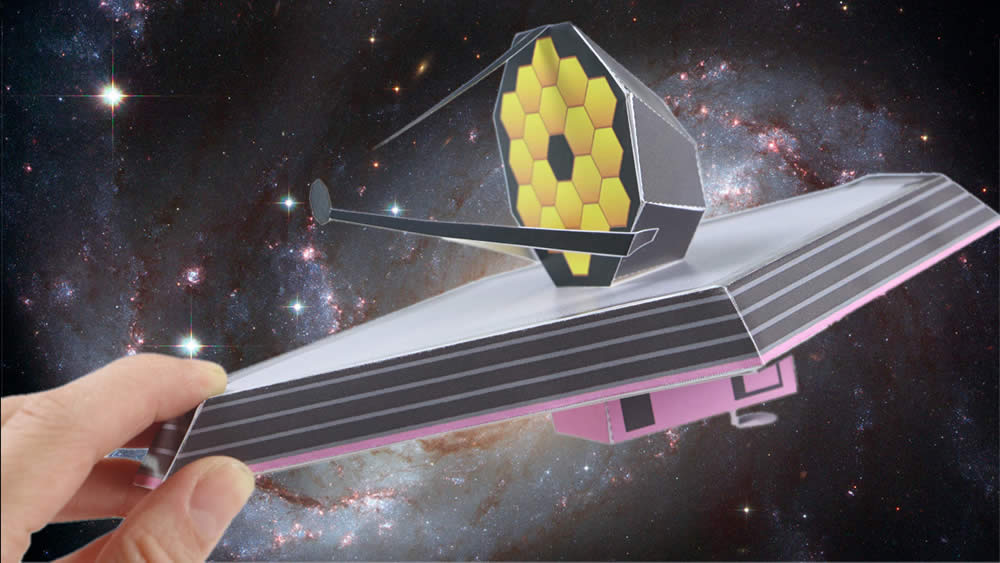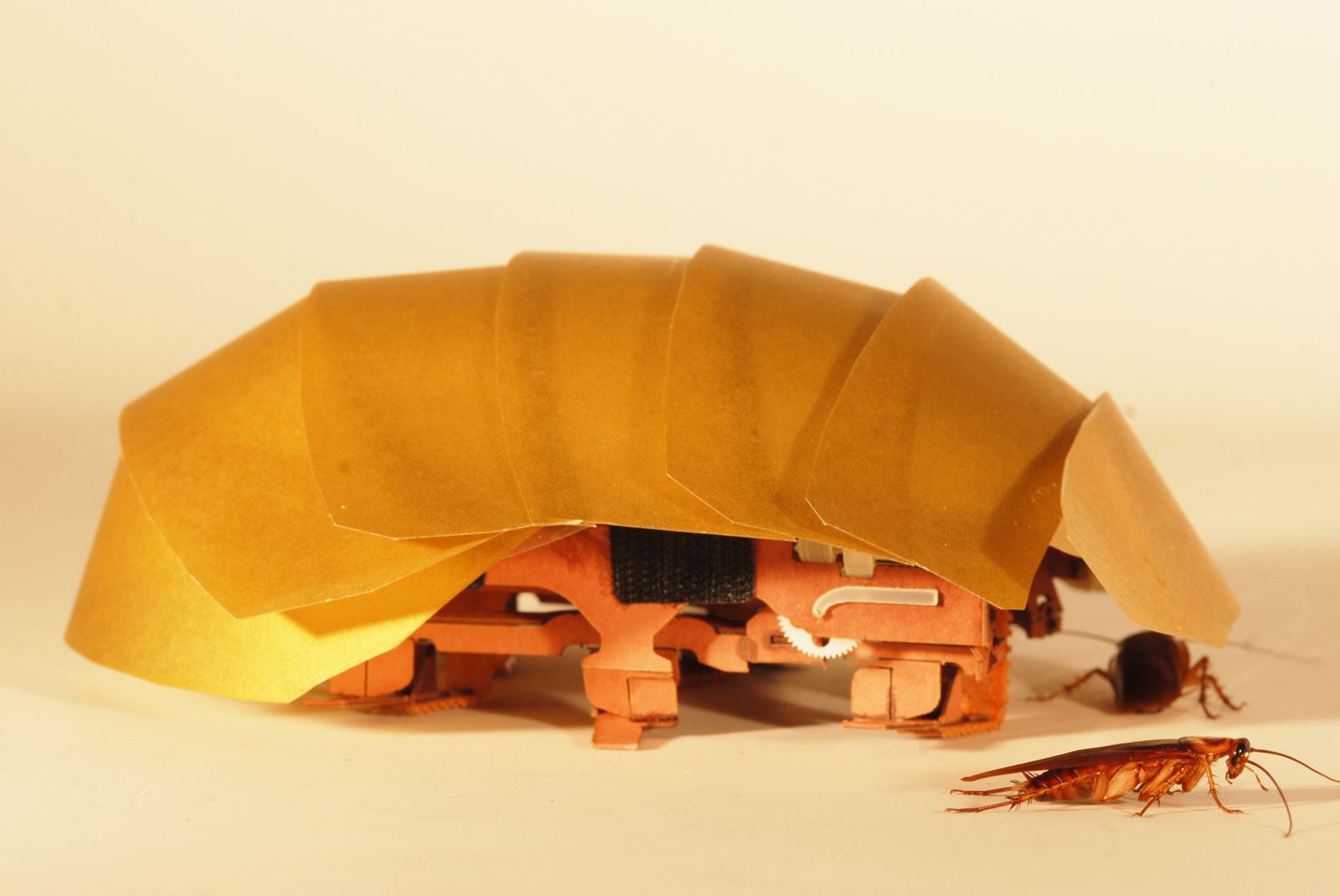I still recall the way my friend turned a piece of paper into a paper boat and gifted it to my little sister. I was amazed at her speed of folding the paper in this direction and that, creating a paper boat in less than a minute. What my friend applied is the ancient Japanese art known as "origami", which uses paper to make shapes. It had emerged as a gifting method and part of some religious rituals.
With time and by applying some mathematical principles, the shapes made with origami have become more complex. Origami has inspired people from different scientific backgrounds to apply the principles of this art in their specialties, allowing a number of innovations to emerge and move from the depths of space to underground ruins; among these innovations:
Applications in Space
To solve the mysteries of the universe, NASA scientists concluded that they have to build a telescope with mirrors larger than the ones used in the Hubble Space Telescope, but the size of the telescope would not fit inside any existing rocket. Here, the idea of folding the telescope and unfolding it in space appeared. After years of experiments, the James Webb space telescope (JWST) was launched successfully and attracted the world's attention with its high-resolution images.
Using a design inspired by origami, NASA is also working on a spacecraft for its Exoplanet Exploration Program known as Starshade. It resembles a large sunflower with the ability to block out the light of distant stars, in order to capture images of planets orbiting them.

Paper-Microscope
Origami inspired Mano and his partner Jim, who pondered why there is a delay in malaria diagnosis in developing countries. They realized from their field trips there that the problem lay in the microscope; ordinary microscopes are heavy, expensive, easy to break, and difficult to handle.

“Cheap, pliable, and light” were the specifications of the material they were looking for to create the microscope. The idea was inspired by the prototypes drawn on paper; they noticed that the material they were looking for to make the telescope was the same they were drawing on. Mano and his students designed the origami-inspired microscope at the cost of fifty cents; to be the first pliable microscope that has all the capabilities of a regular microscope.
Cockroach-Shaped Robot
No wonder that the cockroach's ability to enter narrow places is dazzling and revolting at the same time; yet, it is perfect to find people trapped under rubble. Some scientists at the University of California have merged this special skill with an origami-inspired design of a robot that mimics the movements of cockroaches and can move even through the narrowest fractures.

An origami-inspired robot mimics a cockroach's movements. Credit: PolyPEDAL Lab, UC Berkeley.
Origami holds inspiring potentials for transforming the usual designs of things. We can foresee that the future of innovation will be unique in the presence of such arts that provide a wide space for creative designs in all scientific fields.
The making of origami-inspired designs still needs development. Although origami can solve many problems in the fields of robotics, spacecraft, and furniture designs, among others, the process of applying its principles in design remains vague. It also lacks design programs that support this technology and faces manufacturing issues related to the nature and pliability of the materials.
References
foldscope.com
news.berkeley.edu
onlinelibrary.wiley.com
paperdev.gatech.edu
space.com
Image by catalyststuff on Freepik.